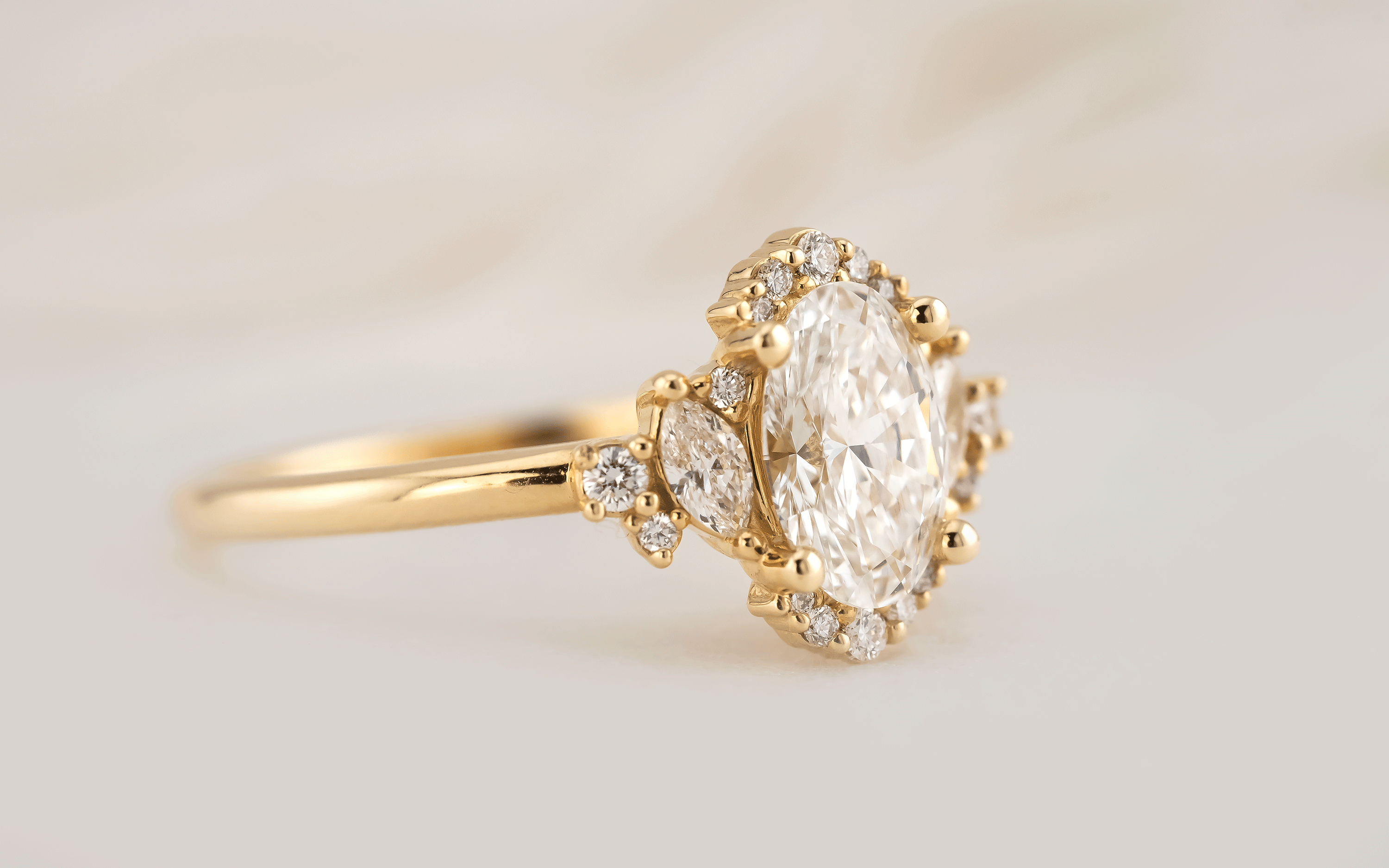








Our Made To Order Process
Only the Finest Diamonds
At Lavender Creek Gems, we believe in using only the finest diamonds. Each stone is personally vetted by Brianna, ensuring that every made-to-order ring features the best possible diamond.
Sourcing the Perfect Diamond
Once an order is placed, Brianna carefully selects a diamond based on the customer’s chosen parameters. The stone is then sent from her trusted supplier, where it undergoes meticulous measurement and verification by our partnered gemologists. It is scanned to ensure a precise fit with the CAD file—because every ring is crafted specifically for its center stone. Unlike mass-produced settings that force diamonds into pre-made mounts, each Lavender Creek Gems ring is designed to perfectly embrace the stone it was made for.
Handcrafted, Not Mass-Produced
This process takes a couple of weeks before the ring moves into production. While no updates are sent during this phase, customers can rest assured that if they haven’t heard anything, their piece is being handcrafted. Every ring is made by skilled artisans, with real people handling every step—from casting and polishing to setting and final inspection. Lavender Creek Gems does not mass-produce its jewelry, and the craftsmanship speaks for itself.
Shipping & Delivery
Once the ring is completed and prepared for shipment, an automated email is sent notifying the customer that their order is on its way. To ensure a secure and timely delivery, all jewelry is shipped via overnight service.
Timing & Potential Delays
While every effort is made to uphold exceptional craftsmanship and maintain efficient timelines, delays can occur if a piece does not meet Brianna’s high standards—whether in setting, casting, or any other step of the process. Because of this, customers are encouraged to place orders well in advance of any important dates.
Current turnaround time: Approximately 8 weeks
More Than Just a Ring
Each piece from Lavender Creek Gems is more than just jewelry—it is a labor of love, infused with Brianna’s heart and soul. As a one-woman business owner, every ring she creates carries deep meaning. From carefully selecting each diamond to ensuring the final touches are flawless, she pours herself into every step of the process. Her passion, dedication, and love for her craft shine through in every ring, making each one as special as the love story it represents.









